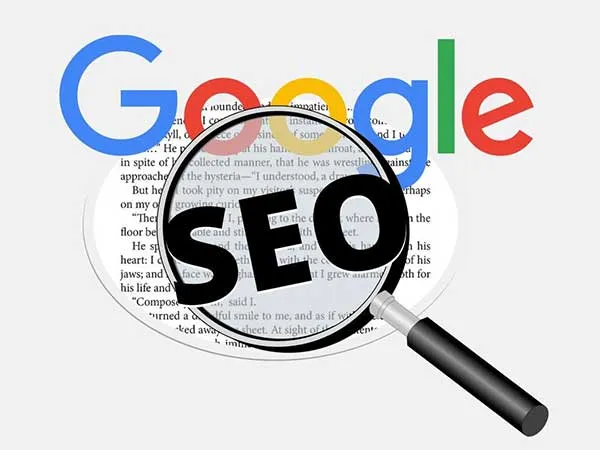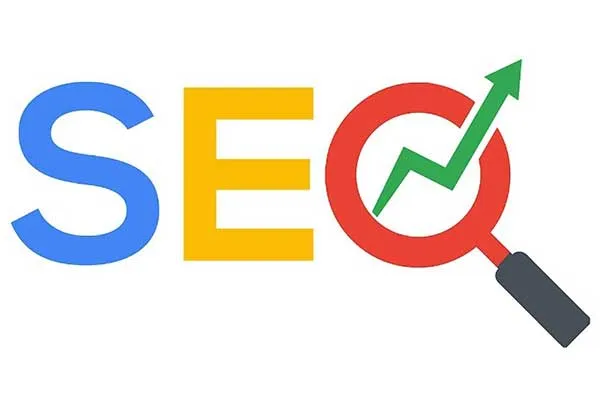Published: 12/7/2022 | Views: 3764 | Author: Joe | Tag: EC Engine
SEO is generally referred to as Google SEO (of course, besides Google, there are also Bing, Yahoo, Yandex, Duckduckgo, etc.). It is to optimize your website according to Google's algorithm rules so that your website's structure, content, links, etc. are in line with Google's ranking rules, so that your website can get higher weight and higher ranking in SERPs (search result pages), which will bring more traffic and clicks to your website, thus converting into revenue. Google SEO is a long process. It is a series of data performance and analysis to optimize your website in a targeted manner to improve the indexing rate and keywords ranking, which in turn improves the brand effect of your website and brings long-term benefits to your business.
Usually, Google SEO is divided into two categories: white-hat SEO and black-hat SEO. White hat SEO optimization complies with Google optimization guidelines and optimizes websites through compliant techniques and methods. The optimization time needs to be gradual, but the effect is stable, the traffic is real, and the weight will get higher. Black hat SEO is a method to get a large amount of traffic or high ranking in a short period through cheating, which is not compliant and easily punished by Google.
Onsite optimization is an extremely important part of website optimization. Onsite optimization refers to the internal optimization of the website, mainly for optimizing website URLs, website structure layout, code tags, content quality and layout, keyword layout, and other aspects. Remember to always operate according to Google's algorithm for SEO so that the overall website data can be stabilized. We need to consider the following aspects to do a good job of website optimization.
(1) URL optimization: URL is very important for website optimization. It marks the structure of the website. Keywords can be laid out in the URL, but the URL should not be too long and needs to be static.
(2) Code optimization: Independent websites pile up a lot of code. Use as little JS as possible, optimize code tags, and minimize unnecessary code, which can improve the site's responsiveness.
(3) Optimize site map: The sitemap bridges Google and independent sites. Optimizing the site map can make Google robots crawl better.
(4) Content quality optimization: Google likes high-quality copywriting. Since Google penalizes stealing and pseudo-original behavior, the copy on the website must be original. Pay attention to the good cut of the articles. Optimizing the copy can also improve the user experience.
(5) Anchor text: the anchor text within the site should be natural, internal chain building. Placing quality anchor text can reduce the bounce rate.
(6) picture optimization: independent sites need to use good and clear pictures. By reasonable, it means that the picture can correspond to the content displayed, and the size and resolution of the picture should be controlled within a reasonable range. In addition, pictures need to add alt tags. The independent site can choose to use part of the picture webp format instead of the ordinary jpeg and png format, which can effectively reduce the server cache and optimize space to improve the role of site loading speed.
(7) always pay attention to whether the site has 404 pages or 301 redirects.
(8) continuous update: SEO is a gradual process, and the need to continue to provide quality copywriting support for the site to attract search engine crawlers continue to crawl and improve user stickiness.
Here are some EC Center Blogs related to this post. If you find these blogs interesting, you may be interested in contacting EC Center to request access to out Blog Mailing Lists. These are made available to existing customers and registered users.
If you would like a free SEO analysis of your website or would like to know more about EC Center Suzhou and our services please contact us below. We will reply to you within 24 hours.

